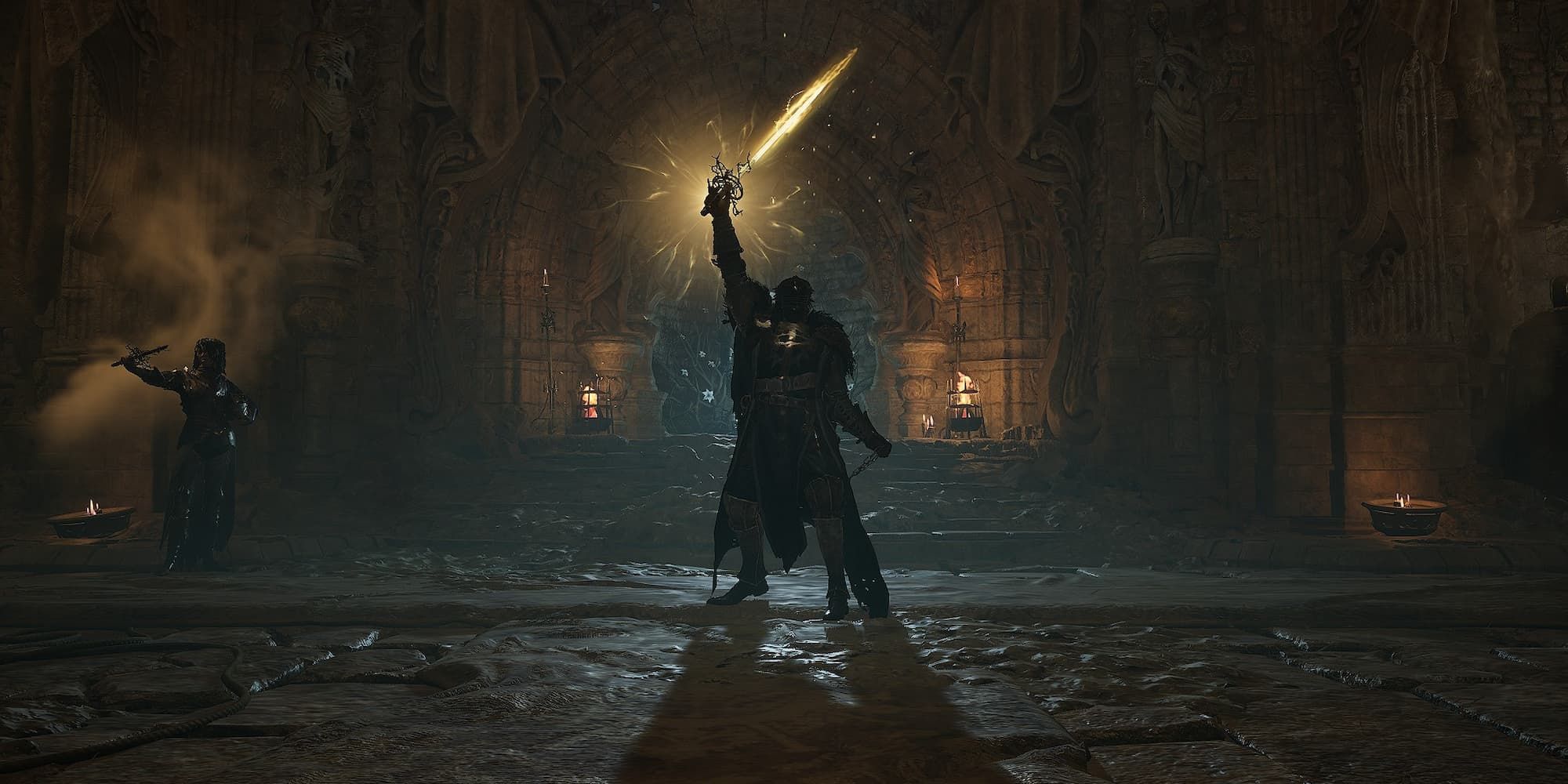
Elevating the Soulslike Genre: Lords of the Fallen's Dual Realms Forge a Groundbreaking Path

Lords of the Fallen's innovative use of interconnected dual worlds raises the bar for Soulslikes, offering a refreshing take on familiar themes and mechanics Explore the captivating World of Mournstead and experience a new standard in this thrilling action RPG
Highlights
Lords of the Fallen sets itself apart from Dark Souls by offering players access to two overlapping worlds, adding an innovative and engaging element to the game.
Mournstead's game world is a meticulously designed and captivating Soulslike environment. Umbral, the realm of the deceased, introduces a fresh dimension to exploration, brimming with concealed riches, alternate routes, formidable adversaries, and enigmatic revelations awaiting those who dare to uncover them.
Lords of the Fallen, developed by Hexworks, is a new addition to the Soulslike genre. This challenging action RPG immerses players in a dark fantasy realm that bears striking similarities to Dark Souls. However, what sets Lords of the Fallen apart is its unique feature of allowing players to explore two interconnected worlds. This innovative aspect proves to be a game-changer and immediately captivates players.
In contrast to its predecessor, also called Lords of the Fallen from 2014, this sequel deviates significantly from FromSoftware's Souls formula. Apart from sharing the title and some loose connections in lore, the two games are almost unrecognizable. The sequel boasts a much darker and more atmospheric aesthetic, a notable improvement compared to its 2014 counterpart. Moreover, there have been noticeable changes to various mechanics, including a faster and more balanced combat system. However, the highlight of the game undoubtedly lies within its captivating world.
Lords of the Fallen's World of Mournstead Sets a High Bar For Soulslikes
Lords of the Fallen introduces players to Mournstead, a grim dystopia ravaged by war following the defeat of the demon god Adyr. The game's setting adheres to the expectations of genre enthusiasts, featuring meticulously designed dungeons, castles, and forests brought to life through the impressive capabilities of Unreal Engine 5. Mournstead's world alone already exemplifies a flawlessly executed Soulslike environment. However, what truly elevates this world to new heights is the incorporation of a groundbreaking mechanic.
Parallel to Mournstead's Axiom, the realm of the living, exists Umbral, the realm of the dead. Through the power of the Umbral Lamp, players can effortlessly gaze into Umbral, revealing a twisted, sinister counterpart. Notably, Umbral houses hidden treasures and pathways that grant access to seemingly impassable routes in Axiom. Consequently, exploration in Lords of the Fallen surpasses that of any other Soulslike game, as players consistently find themselves peering into Umbral, ensuring they don't overlook any valuable discoveries.
The protagonist in Lords of the Fallen wields the Umbral Lamp and has the unique ability to fully transition to Umbral by giving up one of their lives. This decision opens up new pathways, adversaries, and hidden secrets. Umbral is built upon Axiom with meticulous attention to detail, featuring noticeable changes to the landscape and aesthetics. The implementation of this mechanic by Hexworks is a remarkable achievement that surpasses any initial concerns of it feeling forced or unnatural.
Although the setting of Lords of the Fallen is flawlessly executed, the game has not received unanimous praise from both fans and critics. This is primarily due to performance issues that have affected its launch, particularly on PC. Hexworks is actively working on resolving these issues and is committed to enhancing the gaming experience through post-launch updates. Despite these setbacks, the developer has succeeded in creating a deeply immersive, impressive Soulslike game that rivals those from the renowned FromSoftware.
Lords of the Fallen is out on PC, PS5, and Xbox Series X/S.














